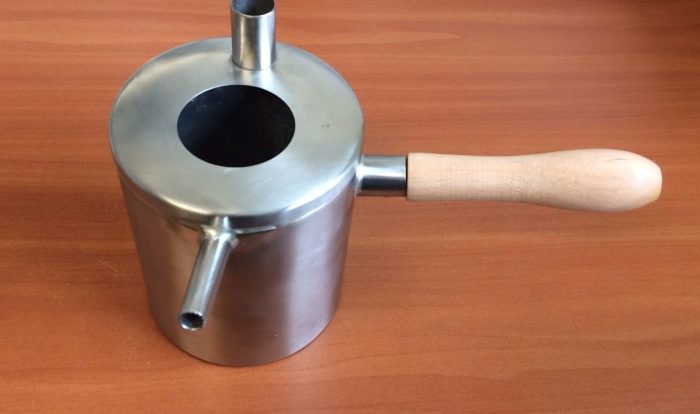Restaurant at 18000 feet altitude – At the forefront of culinary innovation, restaurants perched at 18,000 feet above sea level present a captivating paradox. Amidst the breathtaking views and rarefied air, these establishments push the boundaries of gastronomy, adapting to the unique challenges and harnessing the opportunities of extreme altitude.
From the design of specialized menus to the implementation of innovative cooking techniques, these restaurants showcase the ingenuity and resilience of the human spirit. Join us as we delve into the fascinating world of high-altitude dining, exploring the logistical hurdles, culinary adaptations, and unforgettable experiences that await.
Altitude Considerations: Restaurant At 18000 Feet Altitude

Operating a restaurant at 18,000 feet above sea level presents unique challenges due to the high altitude. The reduced atmospheric pressure and oxygen levels affect food preparation, storage, and service.
At high altitudes, the boiling point of water is lower, which requires longer cooking times. Food also dries out more quickly, necessitating careful monitoring and adjustment of cooking methods.
Menu Design
Menu design at high altitudes must consider the effects of altitude on food preparation and the preferences of diners who may be experiencing altitude sickness.
- Menu items should be easy to digest and avoid rich or fatty foods that can exacerbate altitude sickness.
- Smaller portions are recommended to prevent overeating and discomfort.
- Specialized cooking techniques, such as sous vide or slow cooking, can help retain moisture and flavor in food.
Kitchen Operations
Kitchen operations at high altitudes require adaptations to ensure safety and efficiency.
- Equipment must be modified to account for the lower boiling point of water, such as using pressure cookers or adjusting oven temperatures.
- Ventilation systems must be robust to remove cooking fumes and prevent smoke buildup due to the reduced oxygen levels.
- Safety measures, such as oxygen tanks and altitude sickness training for staff, are essential.
Service and Atmosphere, Restaurant at 18000 feet altitude
Providing exceptional service at high altitudes requires understanding the challenges of altitude sickness and acclimatization.
- Staff should be acclimatized to the altitude to ensure their well-being and ability to perform their duties effectively.
- Guests should be informed about altitude sickness and encouraged to acclimatize gradually.
- The restaurant’s atmosphere should be comfortable and welcoming, with adequate ventilation and lighting.
FAQ Guide
How do restaurants at 18,000 feet manage food storage and preparation?
Due to the lower atmospheric pressure, food spoils more quickly at high altitudes. Restaurants employ specialized storage techniques, such as vacuum sealing and controlled refrigeration, to extend the shelf life of ingredients. They also adjust cooking methods to account for the reduced boiling point of water.
What types of menu items are commonly found in high-altitude restaurants?
Menus are carefully designed to accommodate the effects of altitude on digestion and appetite. Lighter dishes, such as salads and soups, are often preferred. Chefs also incorporate ingredients that are naturally high in oxygen, such as leafy greens and fruits.
How do restaurants ensure the safety of their guests at such high altitudes?
Acclimatization is crucial for both staff and guests. Restaurants provide supplemental oxygen and encourage gradual ascent to prevent altitude sickness. They also implement strict safety protocols, including regular health checks and emergency evacuation plans.



